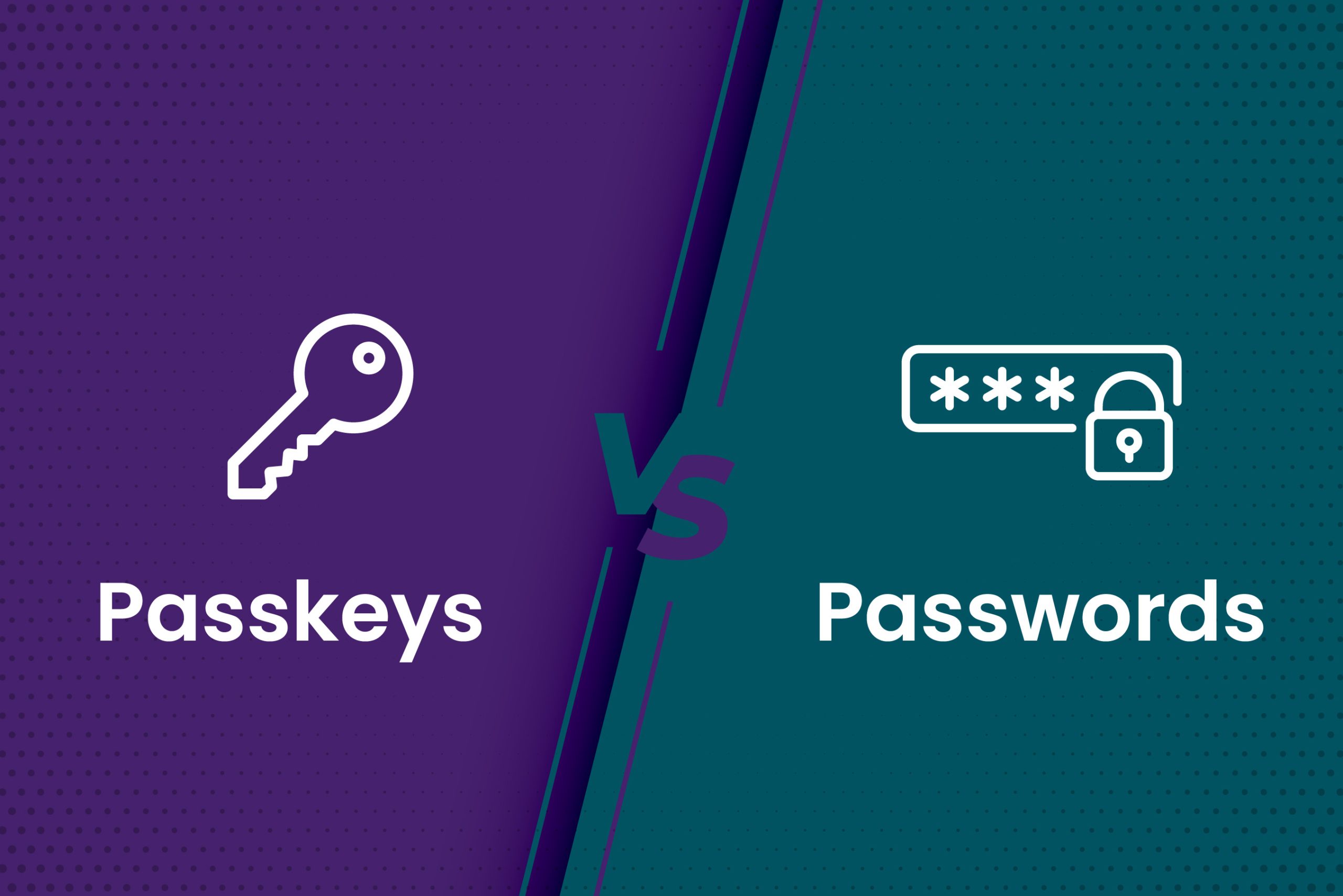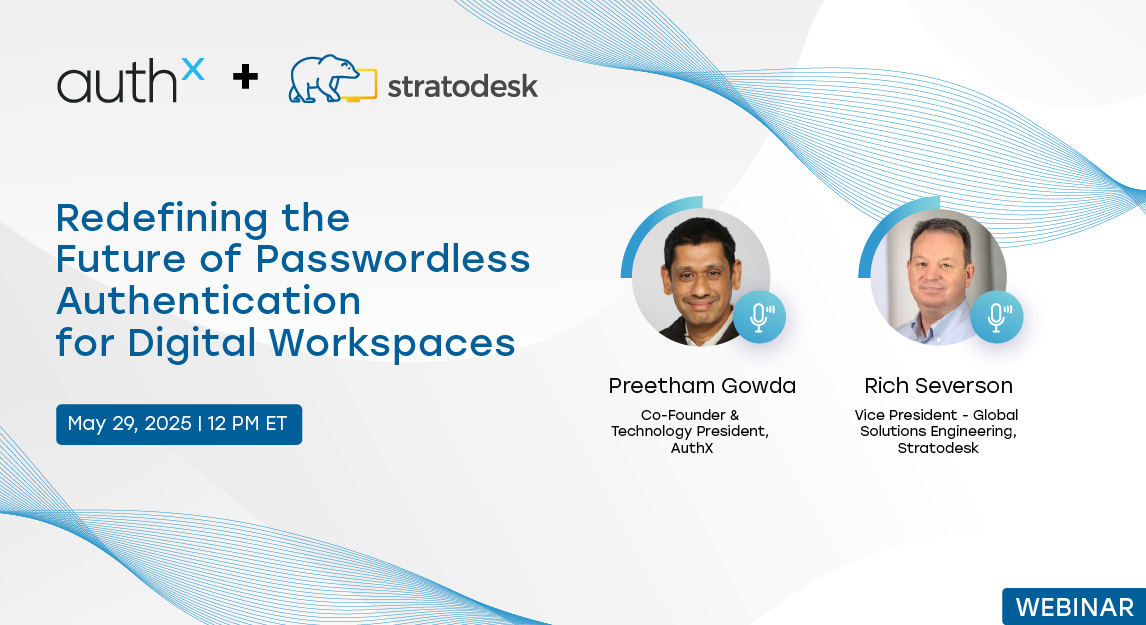To be honest, most Identity and Access Management (IAM) projects don’t fail because of poor technology, they fail because legacy systems refuse to evolve. These decades-old apps and mainframes still perform vital corporate operations, but they weren’t built for modern authentication or today’s security demands.
In fact, a 2024 survey by Security Today found that 54% of organizations cite accumulated technical debt—much of it tied to outdated systems, as the primary obstacle to IAM modernization. These aging platforms make it hard to integrate new authentication methods and leave critical vulnerabilities exposed.
So how do you move forward without leaving core systems behind? That’s the question we’ll explore here, with real-world strategies for bringing IAM into the future without breaking what’s still working.
Why Modernizing IAM Matters?
Modern IAM isn’t just about shiny new dashboards. It’s about reducing friction for users, protecting sensitive systems with MFA and SSO, and gaining unified visibility across all access points. Organizations that update IAM observe increased operational efficiency, improved compliance postures, and considerably fewer security incidents due to ineffective authentication.
But the longer the organizations delay, the worse it gets. Costs increase. Integration gets harder. Shadow IT grows. And outdated protocols, some without support or patching, open the door to breaches.
Where Things Get Stuck: IAM vs Legacy Systems?
The challenge is not just updating IAM; it’s doing so when your backend is stuck in the 1990s.
- Legacy applications come with baggage.
These systems were often built for a specific function decades ago and haven’t changed much since.
- They use hardcoded authentication logic that is difficult to modify.
That means every change requires diving deep into fragile code, often without full documentation.
- Many lack APIs and support for identity federation.
Integrating them with modern IAM solutions is nearly impossible without extensive workarounds.
- They rely on distinct databases with unique schemas.
This makes syncing identities and enforcing consistent access policies a logistical nightmare.
- Changing them typically entails risk.
Even a small update can ripple across critical systems, introducing unexpected failures or audit red flags.
And when it comes to mainframes, the challenges worsen. Systems like IBM z/OS relies on proprietary technologies such as RACF or ACF2. Any change must be surgical, because these platforms often support financial transactions, patient records, or other mission-critical operations. You can’t afford disruption, but you can’t afford to stay stuck either.
The Smarter Way Forward: Modernization Without Disruption
Here’s the good news: You don’t have to rip and replace. You can modernize IAM in ways that respect legacy systems and gradually reduce dependency on them over time.
Strategy #1: Use Middleware and Identity Brokers
These tools act as translators, bridging your IAM platform and systems that were never designed to speak its language. They let you apply modern authentication policies to legacy apps without rewriting old code.
Strategy #2: Go Hybrid
Let your legacy systems continue using their internal auth mechanisms but shift user management and policies to your centralized IAM platform. You gain visibility and control without forcing immediate change.
Strategy #3: Reverse Proxy Integration
A reverse proxy can sit in front of your legacy app, intercepting requests and enforcing access policies like MFA or role-based control. It’s a smart workaround when you can’t touch the application’s code.
Strategy #4: Gradual Direct Integration
In cases where you can make changes, start with a few high-value legacy apps. Update them to interact with your IAM via standard protocols like SAML, OAuth, or even custom APIs. It’s more work—but it future-proofs access.
Strategy #5: Mainframe-Specific Tools
For environments like z/OS, look for IAM vendors or integrators that offer prebuilt connectors or tooling that respects RACF/ACF2 controls. In some cases, enabling REST APIs on mainframes can help, though it often requires collaboration across dev, security, and ops.
Make It Work: Execution Tips from the Field
Don’t try to boil the ocean. IAM modernization succeeds when you prioritize critical systems and phase the work over time. Begin with non-sensitive apps to prove the value, then build trust to expand.
Test everything in parallel – Staging environments and pilot rollouts help avoid surprises in production, especially when dealing with older systems where change is hard to reverse.
Communicate and train – Technical changes often fail because of human resistance. Give users time, context, and support. Highlight the benefits, fewer logins, faster access, not just the features.
Get executive sponsorship – IAM isn’t an IT-only initiative. It touches every employee, every app, and every security audit. Leadership backing helps unblock funding, priorities, and cross-team alignment.
Partnering for Success
IAM modernization isn’t a solo sport. When working with legacy environments, the right partner can accelerate progress and avoid painful missteps.
Look for partners who:
– Have real experience with mainframes and legacy integrations.
– Offer migration tools or middleware built for hybrid IAM.
– Understand the business risks, not just the tech.
Pro tip: Don’t be afraid to ask for case studies where they’ve done this before. If they’ve helped a healthcare organization, a bank, or a government agency bridge the old and new, they’ll know what traps to avoid.
Leader Insight

Final Thought: Legacy Isn’t the Enemy
Your legacy systems have been battle-tested. They work. But they weren’t designed for today’s identity landscape and that’s where the risk lies. The key is not to eliminate them overnight, but to bring IAM up to speed around them.
With the right strategy, you can modernize access, reduce risk, and improve user experience—without pulling the plug on what still keeps your business running.















